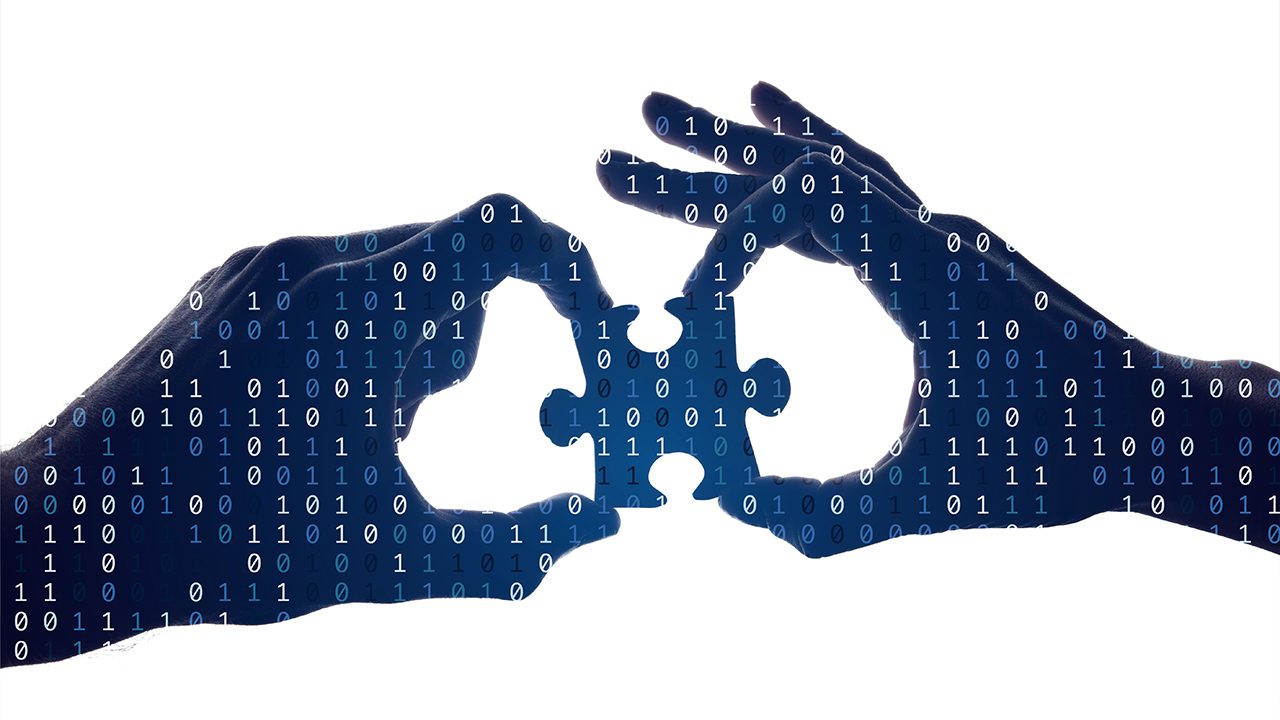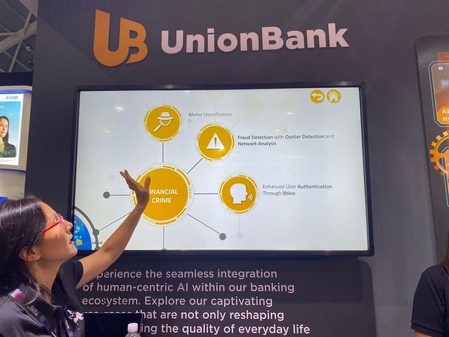SUMMARY
This is AI generated summarization, which may have errors. For context, always refer to the full article.

MANILA, Philippines – Data and artificial intelligence are powerful.
It’s what has propelled disruptive companies like Netflix and Spotify – which sometimes seem to know our interests better than ourselves – to success. But data is also incredibly messy and complicated, especially if you don’t have a way to structure it.
San Francisco-based data and AI company Databricks hopes to change that. Databricks is now venturing into generative AI tools that it believes can help “democratize data and AI to the masses.”
The company recently launched its own open-source large language model, called DBRX, which already outperforms GPT-3.5 on most benchmarks and can be fine-tuned to meet the needs of a company. What does this look like in practice? A company could have its own chatbot that lets personnel use natural language to get information and data for any task that they need without needing to know how to code.
For instance, Cecily Ng, vice president and general manager for Databrick’s ASEAN operations, said that some banks have developed an “internal knowledge management chatbot” that lets a generative AI model read and index the trove of documents that a financial institution might have – and then simply let bank personnel ask it questions in natural language.
But before you can do all this exciting work, Ng said, you first need to get the “plumbing” right.
A ‘unified data platform’
Companies that store data in the cloud – be it Amazon Web Services, Microsoft Azure, or Google Cloud Platform – all need a way to unify and ingest their data. That’s especially true for digital native companies like Maya, Grab, or Coins.ph, which could have data coming in the form of millions of rows every day. To help them make use of their data, all three companies have turned to Databricks.
“Think of it like a steering wheel. You have all the data sitting there, different format, different table, where you can’t use it, so what do you need to do? You run a a service layer,” Ng said. “Databricks runs on top as the orchestration engine for the processing.”
In many ways, this serves as the foundation or the “plumbing” for the company’s data needs, allowing various teams to all access data for different use cases. For instance, a company’s business analyst might pull data for graphs showing new customer trends, whereas a data scientist might use it to build models for fraud detection or forecasting.
“A unified data platform is super important. Some of these basic data works may not sound very sexy but is the foundation if you want to do any of the sexy stuff. If you don’t have all your data in one unified place in one format that is accessible by all the data engineers, data analysts ,and data scientists then you end up with siloed data pieces,” Ng told reporters.
Ng said that having all the company’s data unified in one place helps prevent what is called “technical debt” – the cost companies bear when they buy multiple technologies, and then have to find some way to stitch them all together and make them work.
Harnessing data
For “digital native” companies like Grab, Maya, and Coins.ph, having good data plumbing makes things move much faster.
For instance, Ng said Singaporean super-app Grab, which offers ride-hailing, food delivery, and other services on its platform, uses the data to build data science models for hyper-personalization.
So far, Grab has generated over six billion transactions worth of data – from ride-hailing to food and grocery deliveries – and the company is using Databricks to make sense of all that and build “rich consumer segments and deeper profiles” in a matter of hours instead of weeks.
Home-grown financial service companies, such as digital bank Maya and cryptocurrency exchange Coins.ph, are also using Databricks to aid in fraud detection and credit scoring. It also frees up a company’s limited engineering resources from round-the-clock monitoring and troubleshooting. Overall, it’s led Coins.ph to reduce its operating costs by 70% and cut infrastructure costs by 50%.
Apart from these companies, Ng also saw a large potential for growth in the Philippines, especially since the population is “very mobile-first.”
“There’s a lot of data that needs to be managed, so given that, the Philippine is an especially exciting market for us,” Ng told reporters. “There’s a lot of great data practitioners, and I would say the developers [have] a lot of talent in the Philippines.” – Rappler.com
Add a comment
How does this make you feel?

![[DECODED] Today’s most pressing issues — in data](https://www.rappler.com/tachyon/2024/07/decoded-carousel-nerve.jpg?resize=257%2C257&crop=264px%2C0px%2C674px%2C674px)
![[OPINION] Data is crucial to preventing gender-based violence](https://www.rappler.com/tachyon/2023/11/TL-ogbv-nov-28-2023.jpg?resize=257%2C257&crop=271px%2C0px%2C720px%2C720px)

![[OPINION] Leveraging non-traditional data for COVID-19 recovery](https://www.rappler.com/tachyon/2021/07/shutterstock-phone-hack-data-ls.jpg?resize=257%2C257&crop_strategy=attention)
There are no comments yet. Add your comment to start the conversation.